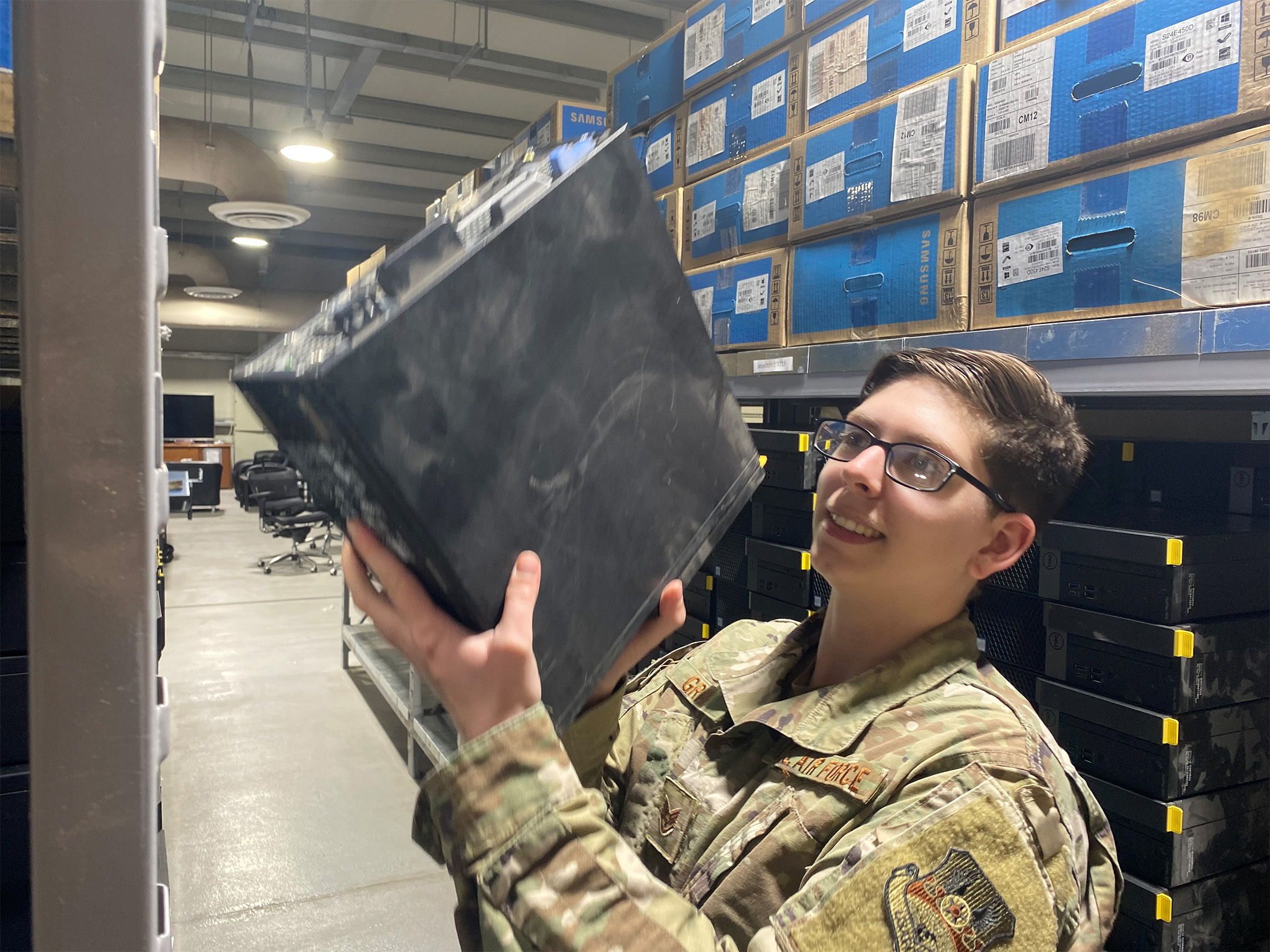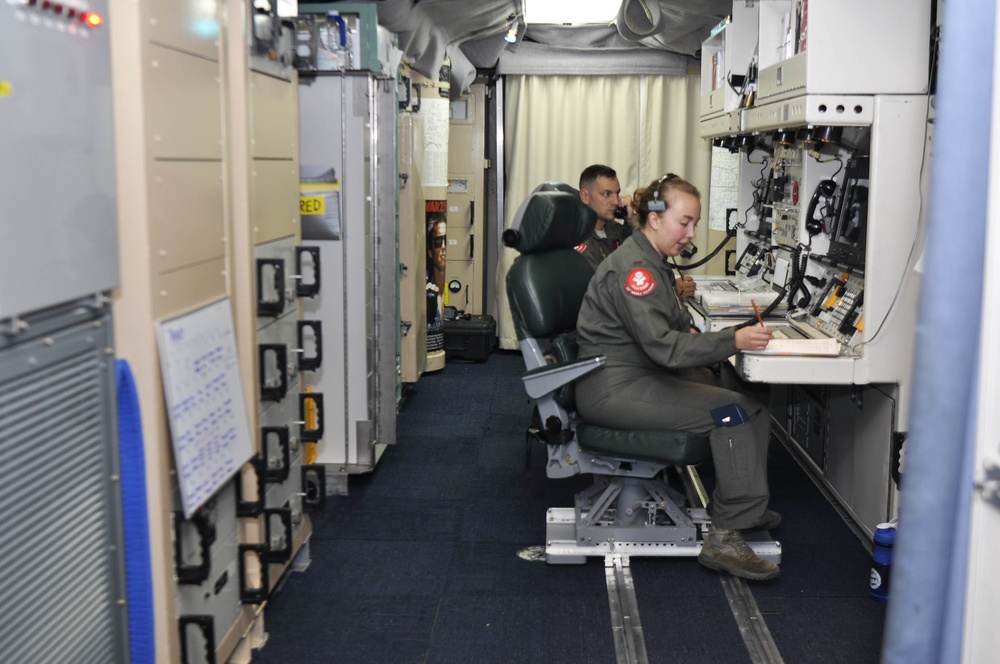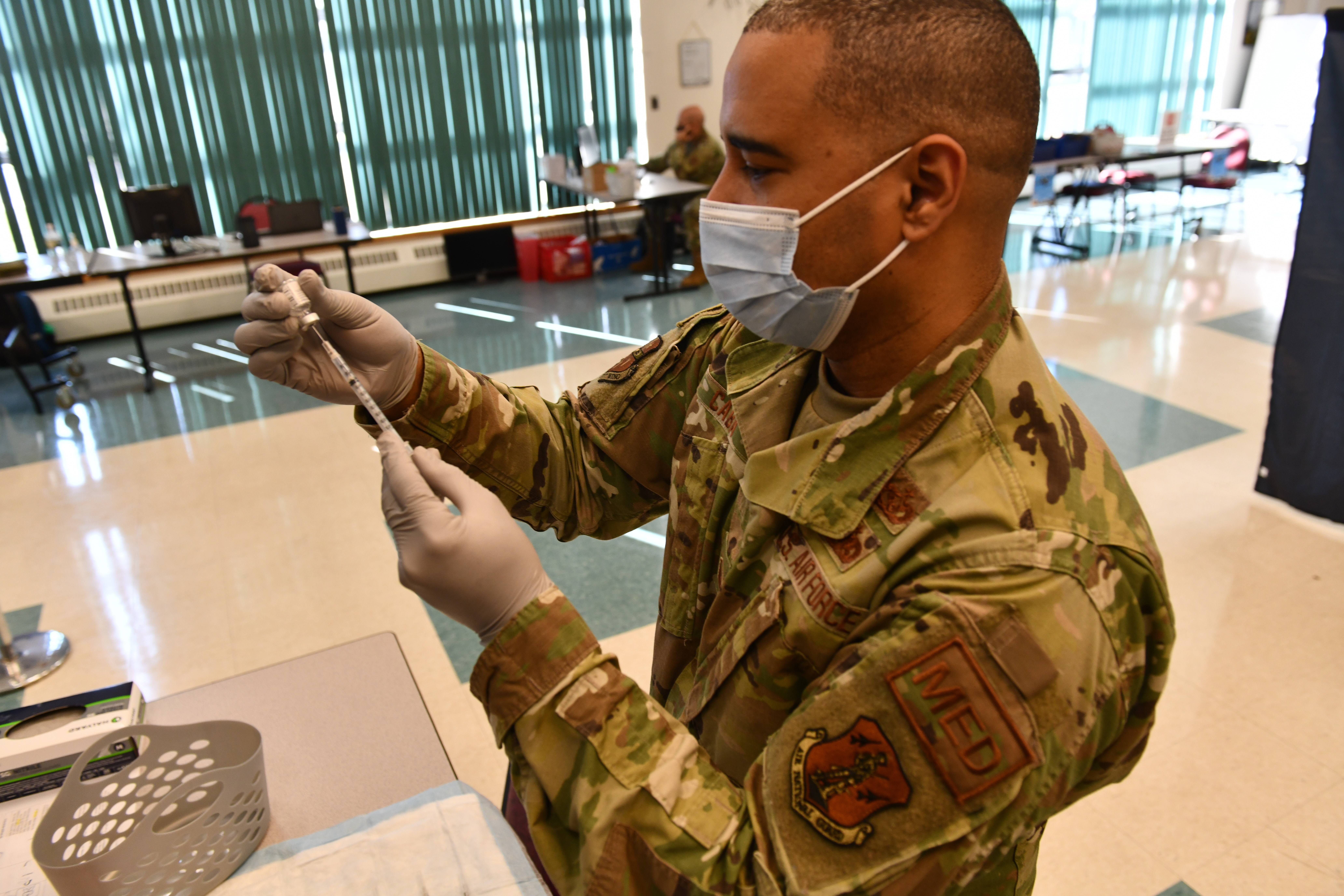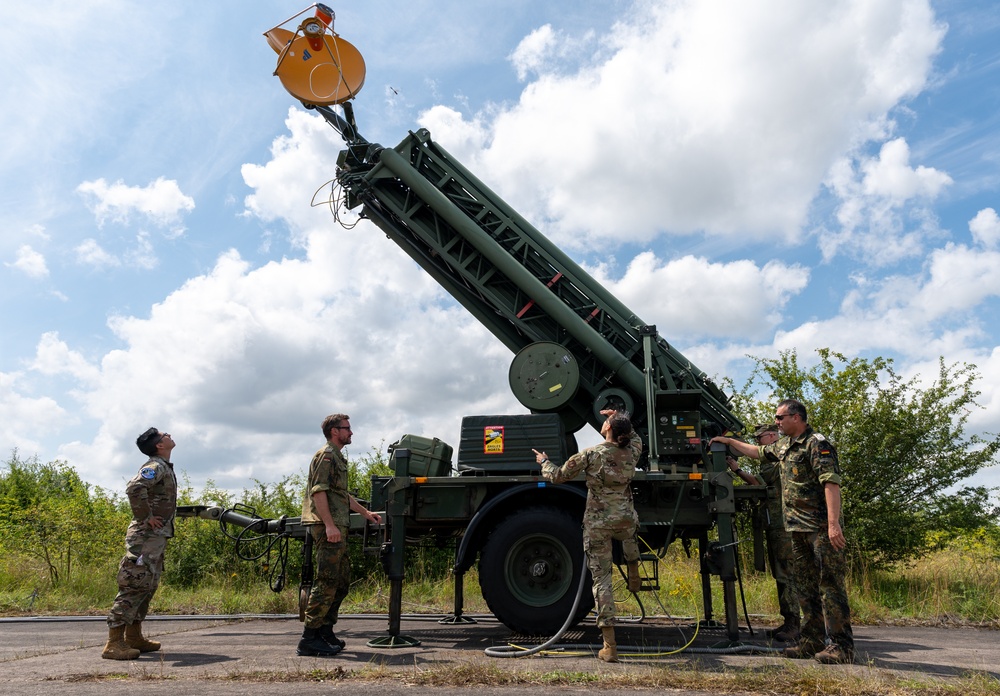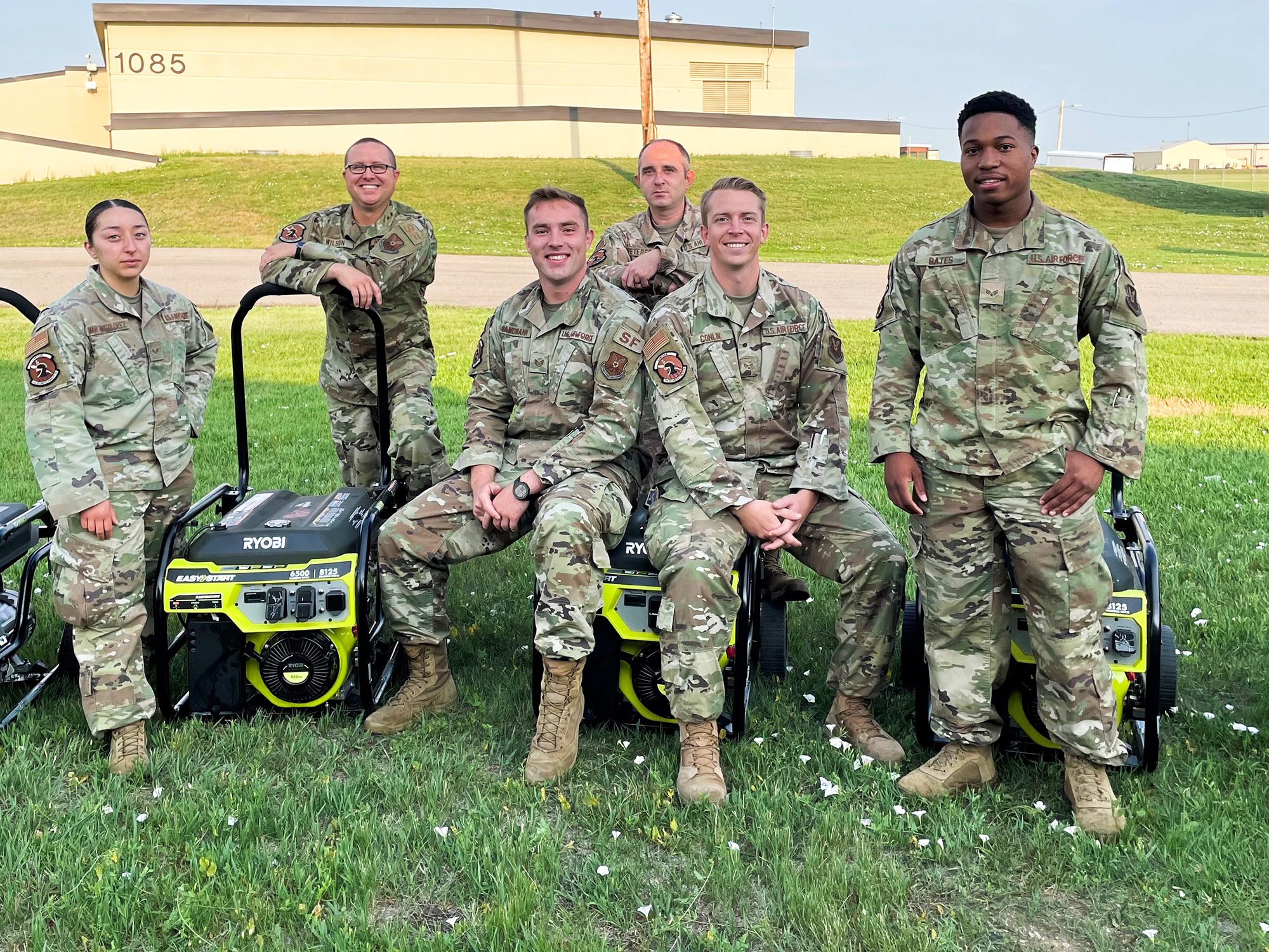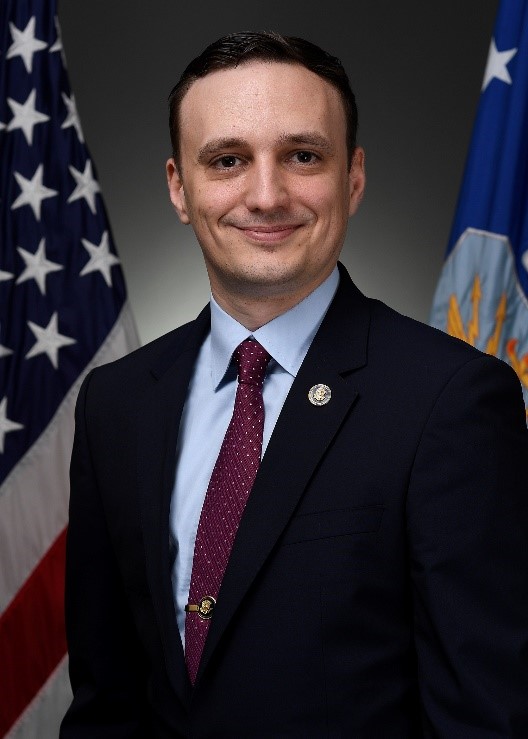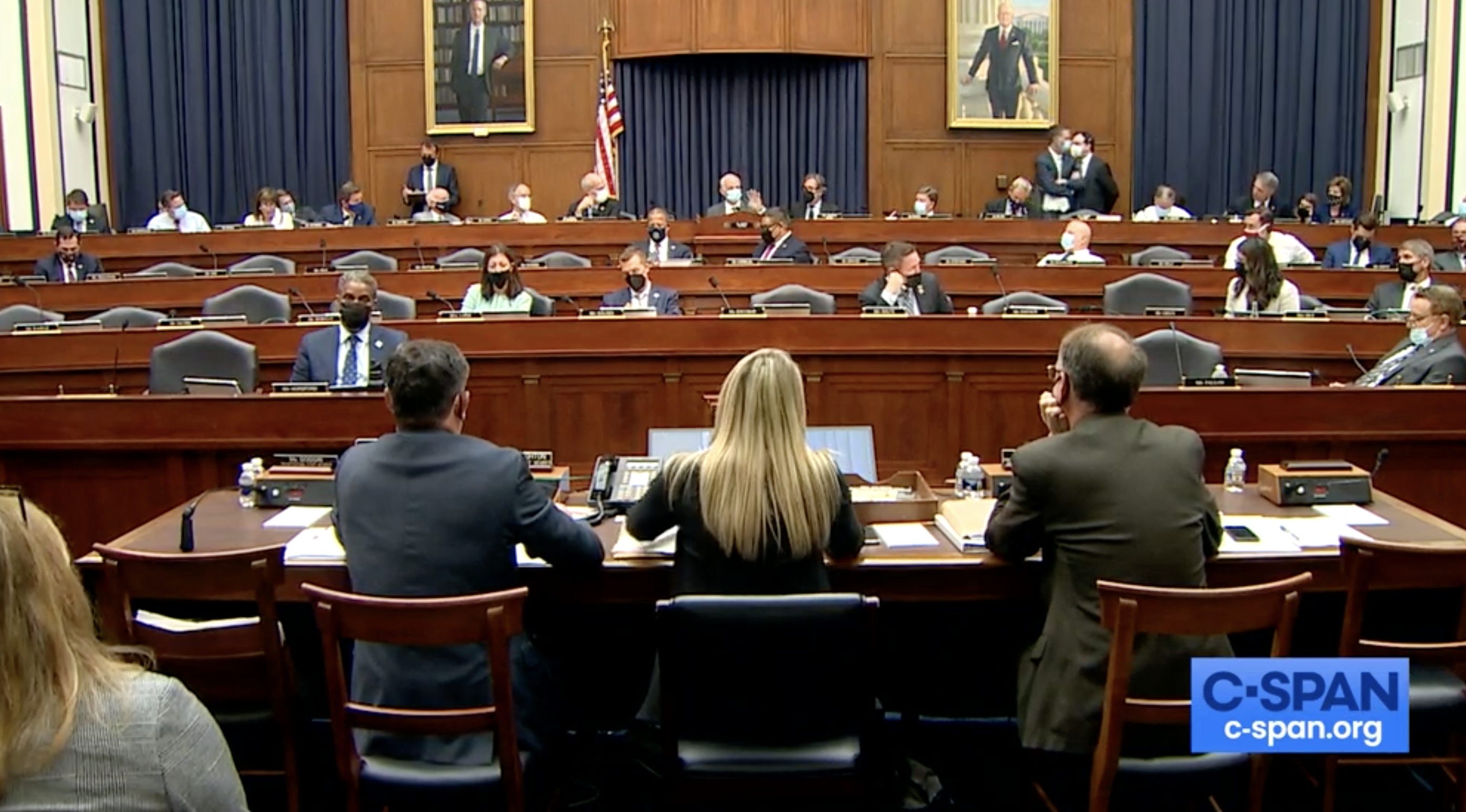The Pentagon is imposing new limits on how many people may come to work as the numbers of COVID-19 infections continue to rise in the National Capital Region. Beginning Sept. 9, Pentagon offices will be limited to 40 percent of capacity as the Pentagon institutes Health Protection Condition “Bravo+.”
The new limits on capacity at the world’s largest office building come at a time when most military leaders had imagined things would be returning to normal. But the spread of the delta variant of the disease forced officials to ratchet up protections to “HPCon” Bravo on Aug. 2, and five weeks later, to do so again.
“We continue to see a steady increase in coronavirus disease … cases and positive test results in the National Capital Region,” wrote Michael B. Donley, the director of administration and management at the Pentagon, a role sometimes dubbed “mayor of the Pentagon.” “Data suggests the COVID-19 Delta variant may be more transmissible than the original strain of the virus,” he added.
Donley said the number of cases in the D.C. region had reached the Bravo+ threshold of 16-30 average new cases per 100,000 people over a seven-day period.
Under the new guidance, commanders and supervisors are directed to support maximum telework opportunities to eligible employees, and masks must be worn indoors at all times except when alone in an office, for identification purposes, or when necessary to accommodate a disability. In addition, the workforce will be subject to random COVID-19 entrance screening, and all visitors will be screened. Pentagon dining facilities are open but for takeout service only.
The move follows new vaccination deadlines for Air Force and Space Force members announced over the Labor Day weekend. Active-duty Airmen and Guardians have until Nov. 2 to be fully vaccinated. Air National Guard and Air Force Reserve members have until Dec. 2. Members can get any COVID-19 vaccination they choose, but only the Pfizer-BioNTech vaccine is fully approved by the Food and Drug Administration. Because the protocol requires three weeks between shots to be fully vaccinated, time is short for members who have not yet received their first dose.
Noteworthy among the limits imposed by the Pentagon is the shuttering of its outdoor 9/11 Memorial, which is closed to the public except for pre-approved activities just as the 20th anniversary of the 9/11 attacks approaches.

